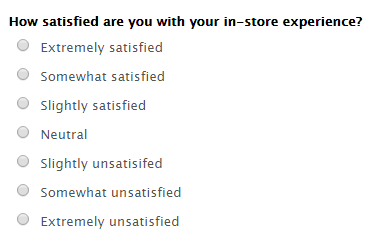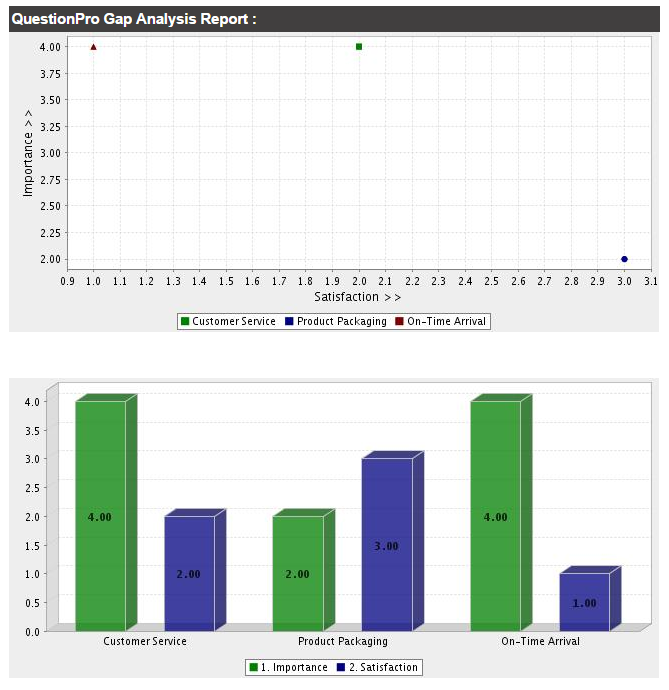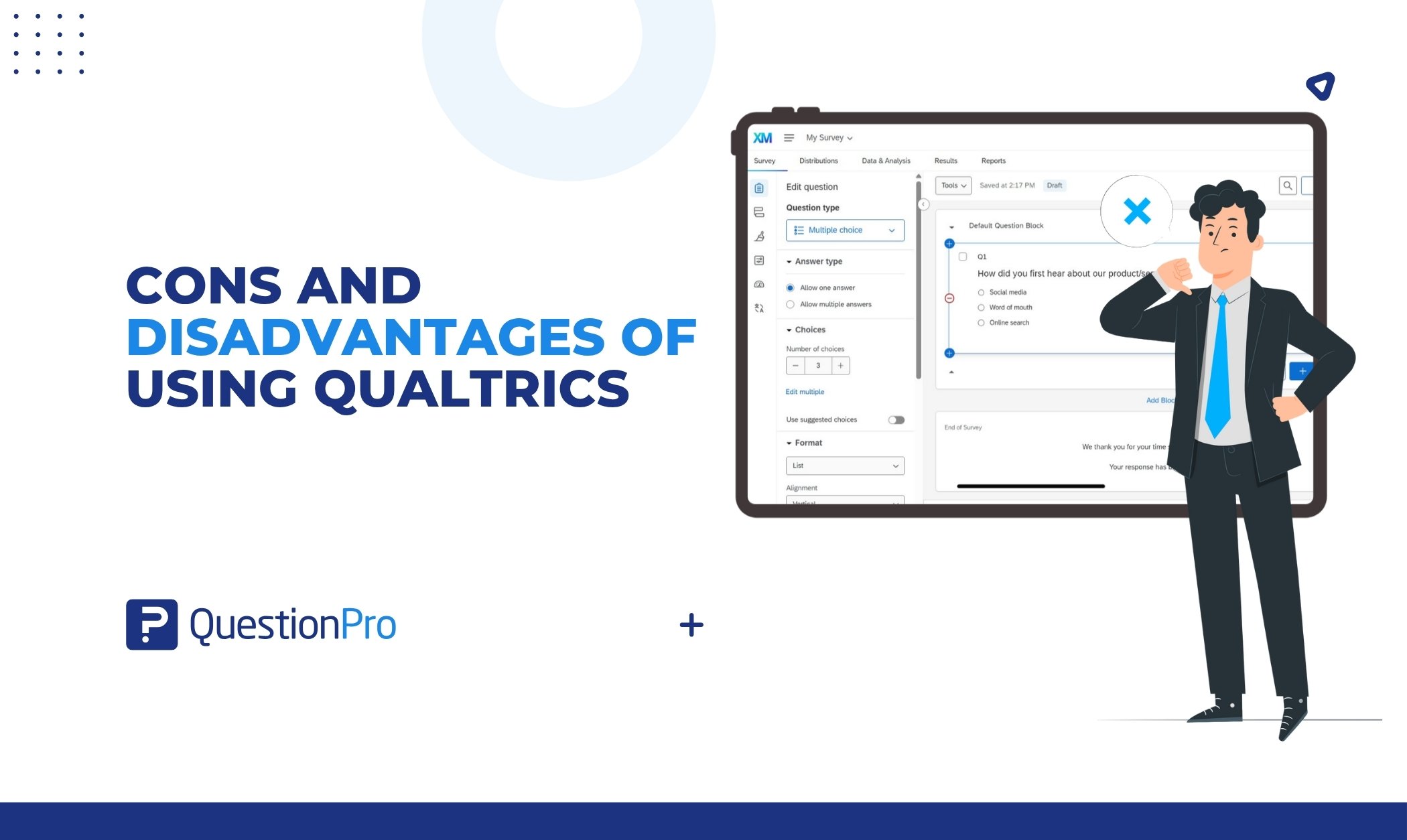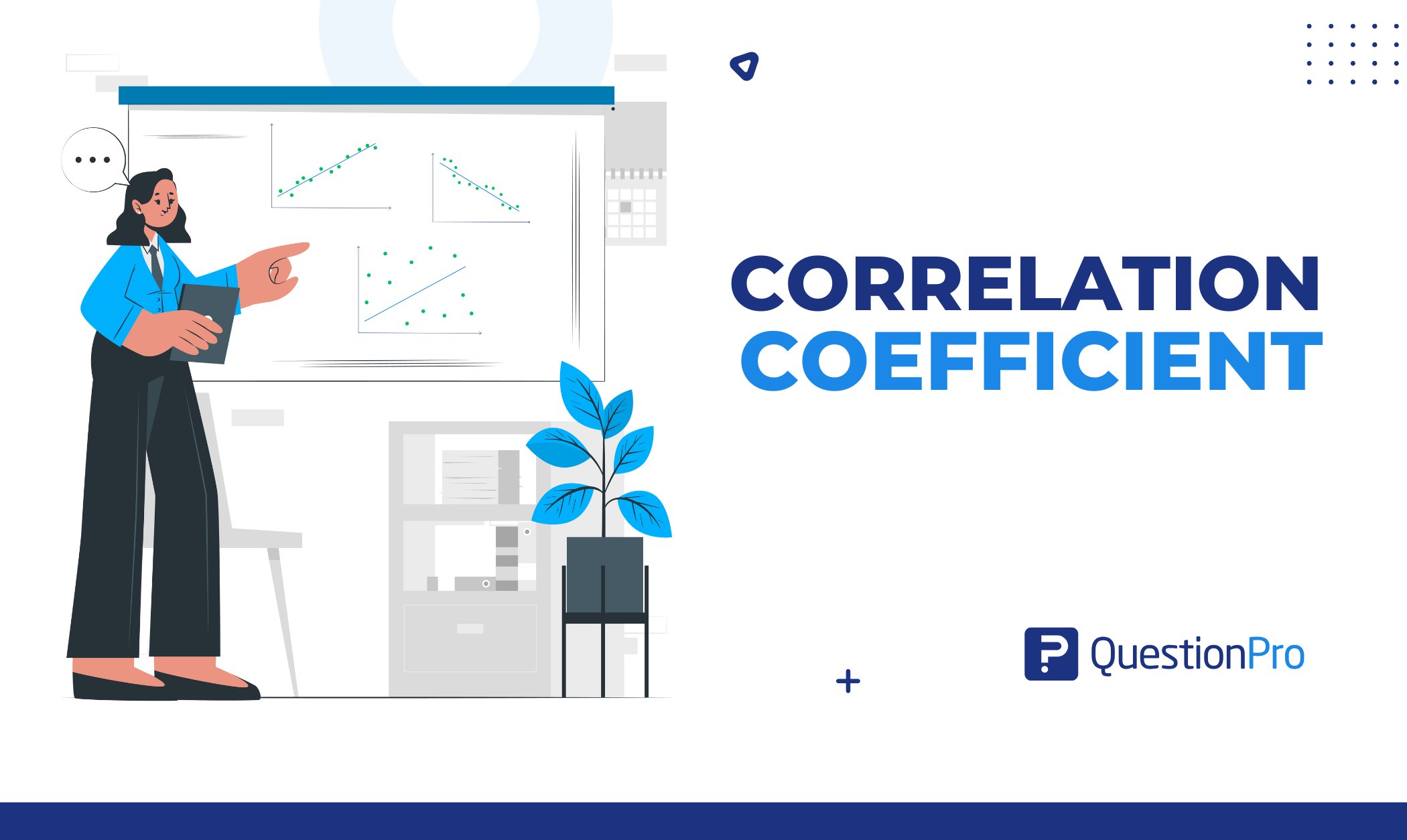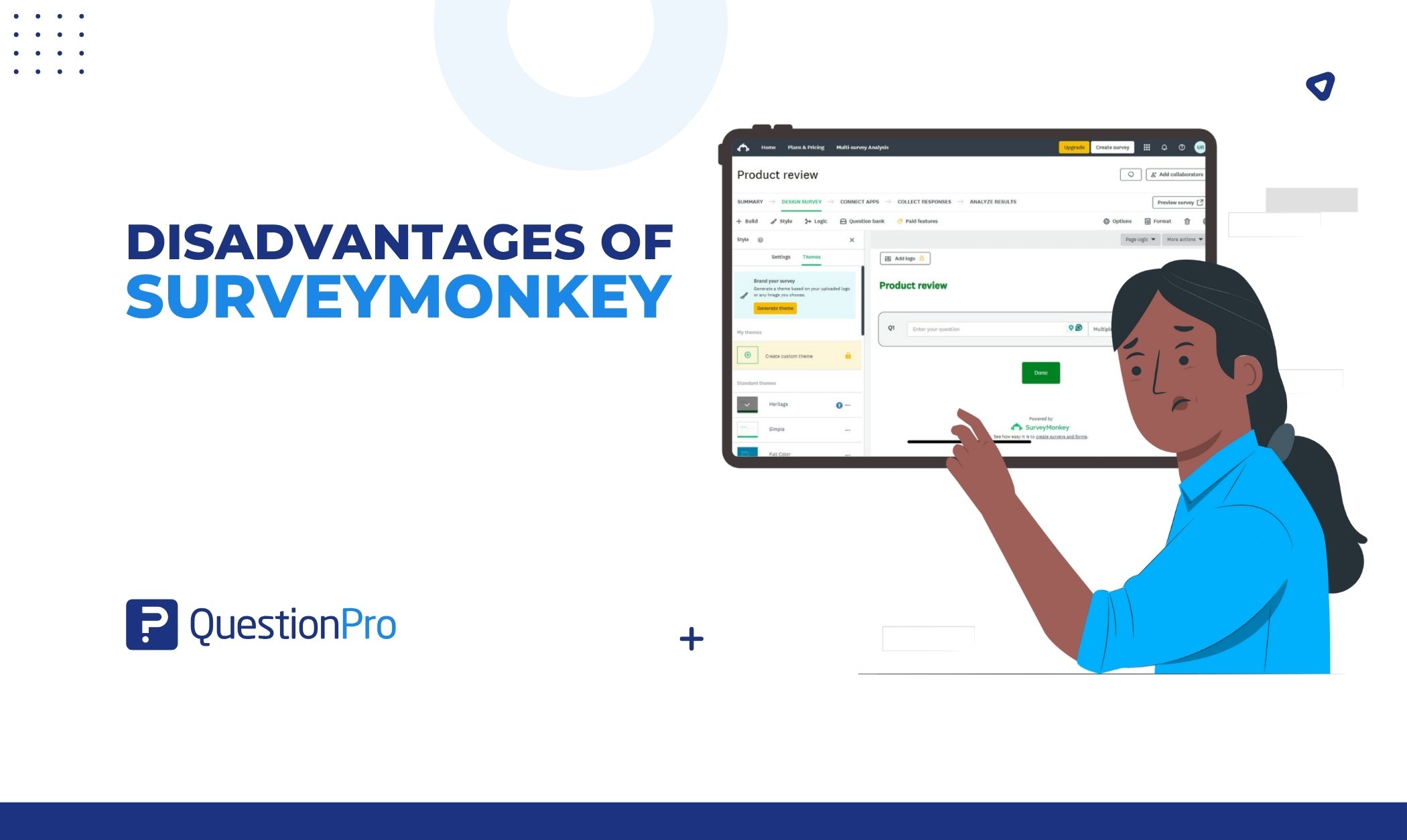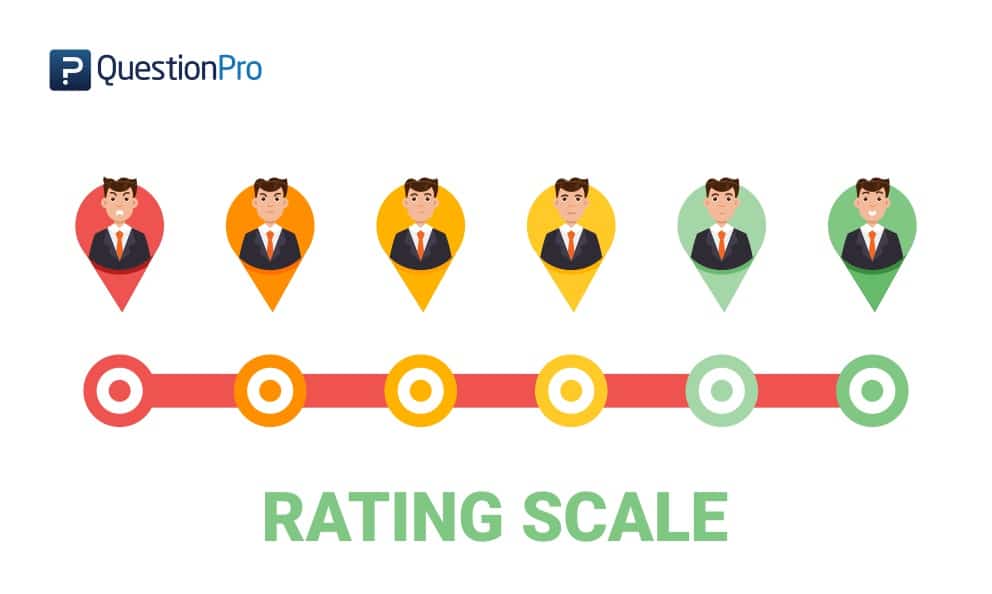
One of our most-viewed articles is an article about four scales every researcher should remember. Since that post was written, some changes have taken place that have affected the four scales, so we figured it was time for an update! Here, we’ll dive into a bit more about considerations behind which scale or question type you should be using, as well as an update on the most powerful questions that can drive insight into what your respondents are thinking.
The First Rule of Research
The first rule for any explanatory research project – whether it’s a one-time project or a customer feedback survey distributed regularly – is this: focus your project to the one primary purpose or question you want to have answered. This will automatically help you narrow down what type of scale or question to use for your survey.
For example, let’s say your focus is a feedback survey. The primary question might be: are our customers having a good experience in our stores? From there, choose the primary 3-5 items that you want to measure as related to the question. In this example, they might be: products easy to find; helpful staff; clean store. Now, you’re ready to check out the scales and questions that could provide you the best insight into these questions.
Four Types of Data to Measure
There are four types of data. Any datafalls under one of these categories. They are all used for different purposes and are analyzed differently.
Nominal: names, labels. Examples include days of the week, colors, and geographic area names. These are difficult to analyze using most statistical methods. Basically, you are limited to count, or frequency of distribution.
Ordinal: order of items, but no measurable difference in numbers between the items in the list. Examples include satisfaction ratings and importance ratings. Analysis includes median (midpoint of distribution, rather than the average distribution) and count.
Interval: numeric values for which a difference in value is measurable, but no true zero exists (a point at which the quality being measure does not exist). Examples include time and temperature. Analysis includes most statistical measures, but not any that would include multiplying or dividing values.
Ratio: numeric values for which a difference in value is measurable AND a true zero exists. Examples include age and height.
Now that we understand the difference between the types of scales, let’s look at some of the most used scales!
Types of Measurement
There are two types of measurement: comparative and non-comparative. They are pretty straight-forward.
Comparative measurement: As the name implies, comparative measurements typically involves two brands, or two things, being compared against each other. One example would be comparing one brand of smartphone against another brand of smartphone to determine what people like better about one or the other.
Non-comparative measurement: Again, the name says it all. The scales we’re going to review today all fall in the non-comparative realm of measurement, where only one item or one brand is being measured.
The Four Question Types/Scales You Should Know
1. Likert Items
A Likert scale is technically the sum of a list of Likert items. What makes a question a Likert item? There are equal numbers of positive and negative options in the scale; Likert items always have a central neutral option, which means there will always be an odd set of answers available to the respondent – typically, a Likert item has a total of seven answers options. Likert items measure ordinal data.
2. Unipolar scales
Where Likert items are bipolar, meaning the respondent has to decide between opposing items, unipolar scales are more streamlined, allowing users to instead focus on the absence or presence of a single item. The scale is still measuring ordinal data, but research has shown that unipolar scales generate more accurate answers. An example of a unipolar satisfaction scale is: not at all satisfied, slightly satisfied, moderately satisfied, very satisfied, and completely satisfied.
3. Slider Scales
Slider scales (also known as continuous rating scales) allow the survey designer to measure ordinal data (using a categorical slider), or interval or ratio data (using a numeric slider). For example, a slider scale could be used for a unipolar satisfaction question, allowing a respondent to perhaps more precisely define their feeling about an item.
A slider scale could also be used to let respondents answer questions about how much time they expected to wait for order versus how much time they actually waited for the order. Based on what type of data you are gathering using the slider scale is the type of analysis you can conduct with the data. If you’re gathering interval data, you can calculate averages, standard deviations, etc. If you’re gathering ordinal data, however, be sure to stick to frequencies and medians to analyze your data.
4. Side-by-Side Matrix
The side-by-side matrix remains another highly-used item for measuring ordinal data. The side-by-side matrix allows a respondent to respond to two qualities about an item. The most common use is to determine a respondent’s opinion about the importance of an attribute and the satisfaction of their experience with that attribute. This helps a company determine if perhaps there are items they are focusing on that respondents don’t find terribly important, versus items that the respondent finds important but unsatisfactory.
The most common analysis tool used with the side-by-side matrix is a Gap analysis, which is actually pretty self-explanatory – it shows where there are gaps between the two attributes measured, using the first attribute listed (in this case, importance) as the primary attribute to measure against. In this example, you can see that the red arrow indicates the greatest gap exists for the topic of on-time arrival. For the best impact, this would be where this organization should focus, as this item is important to respondents but has the lowest satisfaction rating.
QuestionPro offers a robust online platform to help you manage customer experience. Schedule a live demo with our CX professionals and learn how our CX software can help you increase brand loyalty and keep customers coming back.




